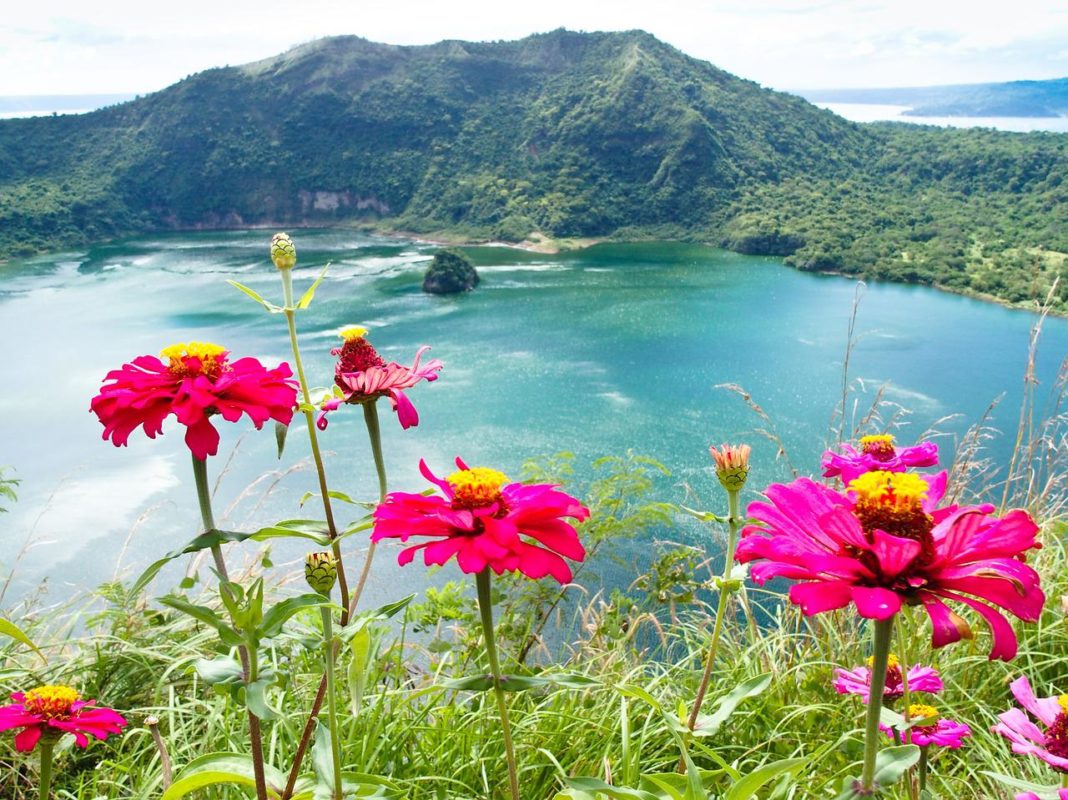According to a team of scientists who have studied Luzon island for nearly 20 years, they have discovered 56 new species of non-flying mammals, the vast majority of which are absolutely unique. Of the 56 mammals on Luzon, half were discovered over the course of the research project … meaning there could still be undiscovered species out there.
Professor Scott Steppan said: “It’s become clear that Luzon island has exceptional diversity and the greatest concentration of mammal diversity, I’d say on the planet.”
“Finding 28 new species on one island – an island that had been studied pretty well before – was beyond expectation.”
 He said the research showed that there may well be many more species out there that have never been discovered, particularly in the tropics where intensive research has not taken place.
He said the research showed that there may well be many more species out there that have never been discovered, particularly in the tropics where intensive research has not taken place.
The island is around 40,000 square miles and its unique wildlife has evolved in isolation from the mainland. Part of the reason for the vast biodiversity is the fact that it is tropical but also very mountainous.
Luzon is not just home to incredible wildlife diversity but also several UNESCO world heritage sites including the city of Vigan, a selection of spectacular Baroque churches, and some of the famous rice terraces of the Philippines.
According to seasia.co














